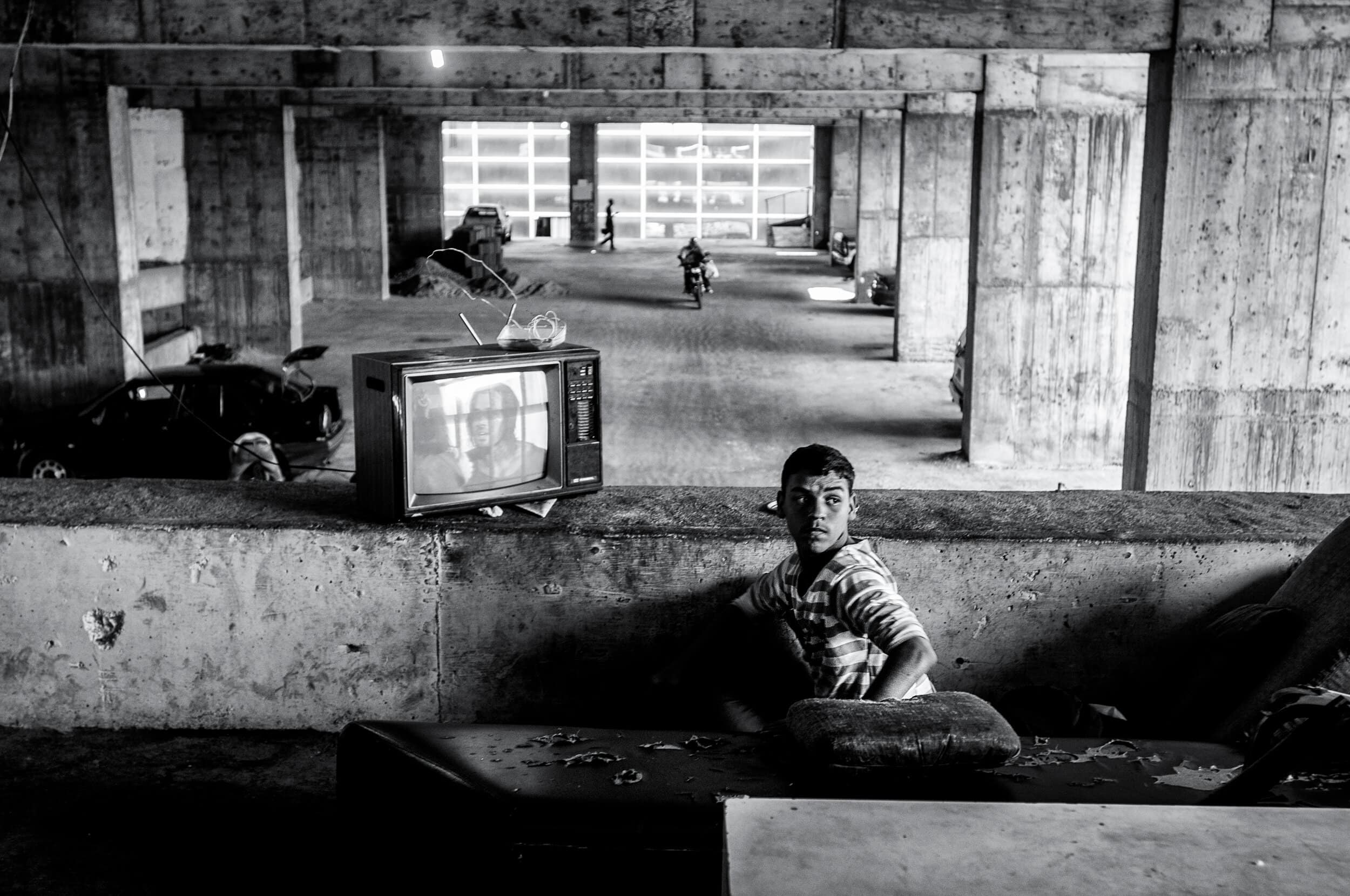
“The photo has to be born to dignify”
“It’s easy to want the prizes, everyone wants them,” says Venezuelan photographer Alejandro Cegarra, “but that is not why we can continue to perpetuate patterns of exploitation towards those we are photographing.” In 2010 he started his career as a photojournalist in Caracas. Now he lives in Mexico, he is recording the migratory crisis in that country, being himself a migrant.
For Alejandro, it is essential to think about the purpose when taking the photos and the objective that you want to achieve with them. He points out that there is a way of photographing that needs to be questioned and that it is almost geographically localized: from Europe or the United States to the global south. Cruel images that are said to be necessary. Alejandro wonders necessary for whom. He assumes that as a photographer he cannot have a witness position, nor a cruel one. For him, photography must initiate some kind of change: at least humanize and dignify the people portrayed.
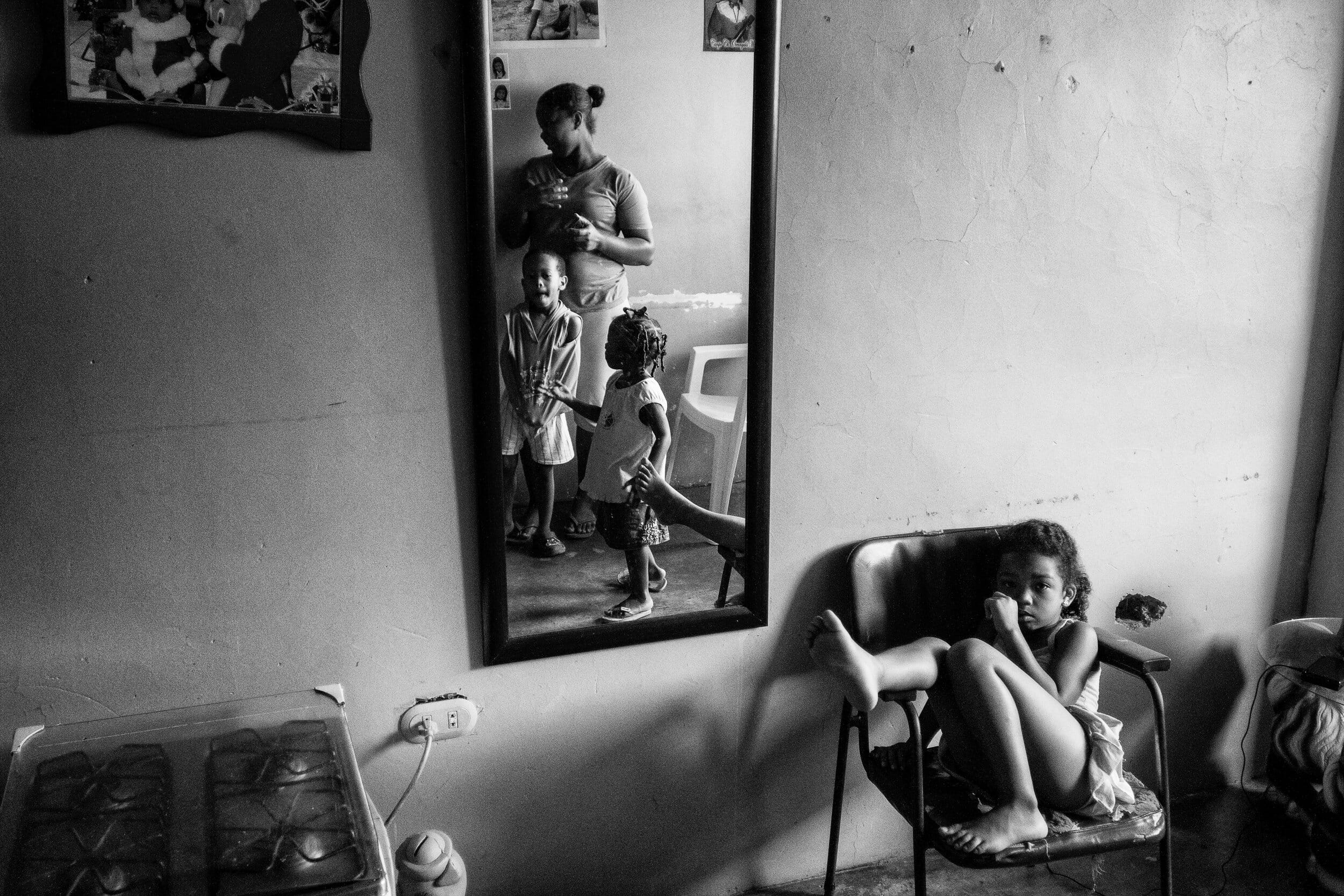
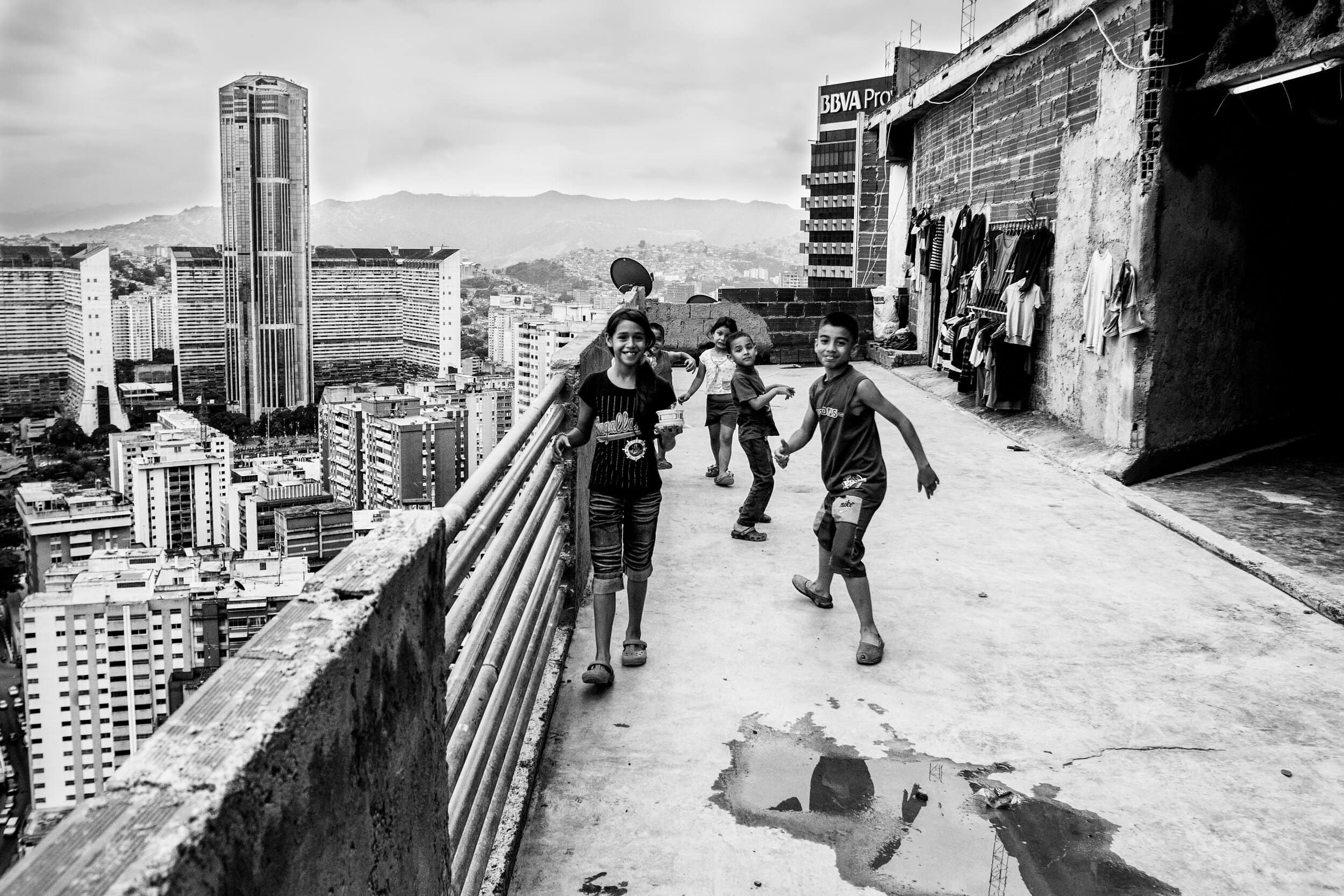
The Other Side of the Tower – Alejandro Cegarra
One of your first jobs was The other side of the tower. What was it like to do it?
It was my first personal work, it won the Leica Oskar Barnack 2014. I was the second or third Latino to receive that award. I did that project while I was working at the Últimas Noticias newspaper. For me the Tower of David was a summary of everything that was Venezuela at that time, I mean, the tower was the shell of a skyscraper, a site that wanted to be the top of the world and failed.
And at that moment, people found a new use for it: they appropriated an abandoned space. The site was known to be very dangerous. Jon Lee Anderson had gone the year before I started the project and said that it was practically a mecca for crime in Caracas. I didn’t find any of that, there were 5,000 people inside a skyscraper in the center of the city looking for a roof.
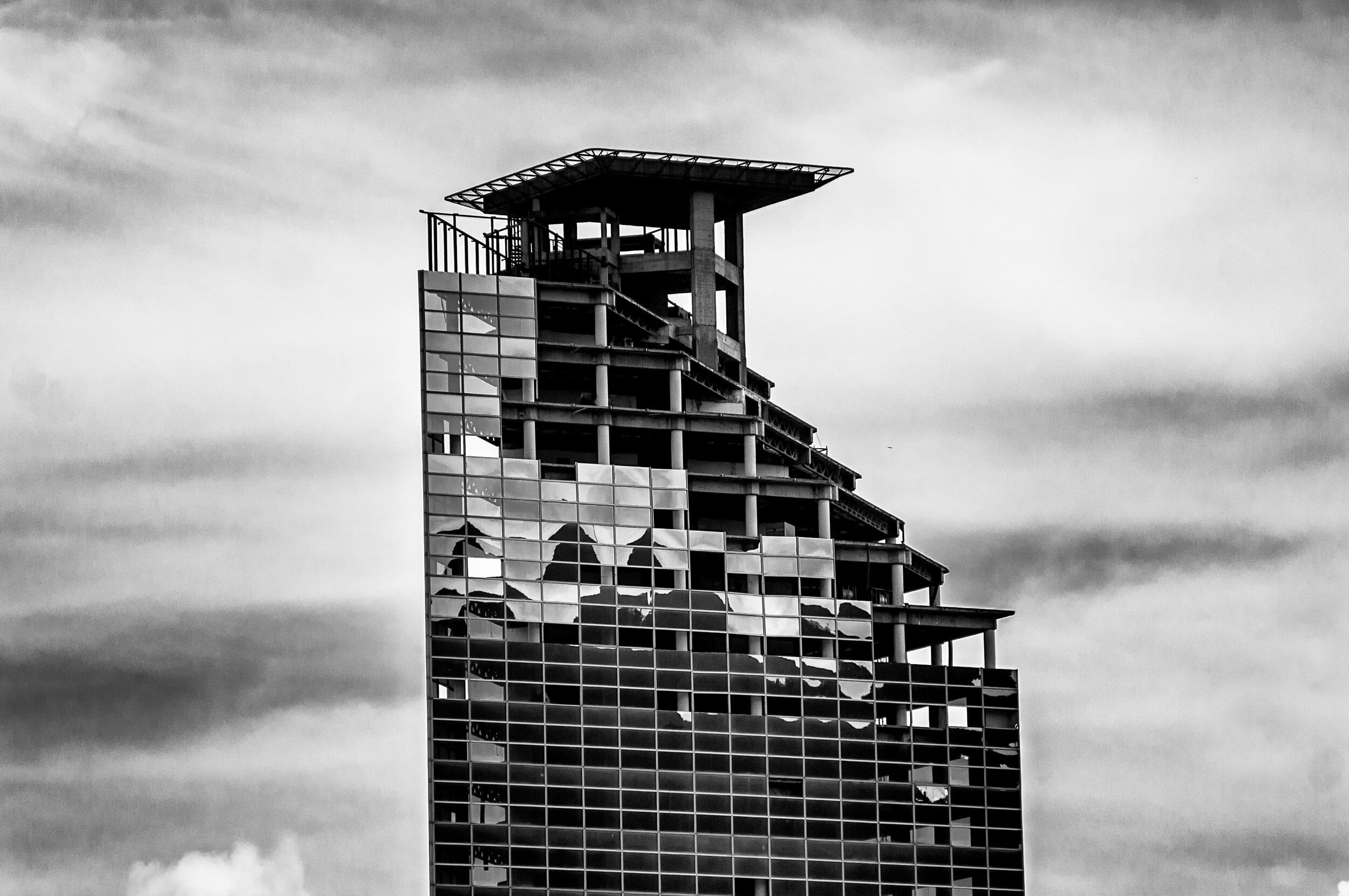
El otro lado de la torre – Alejandro Cegarra
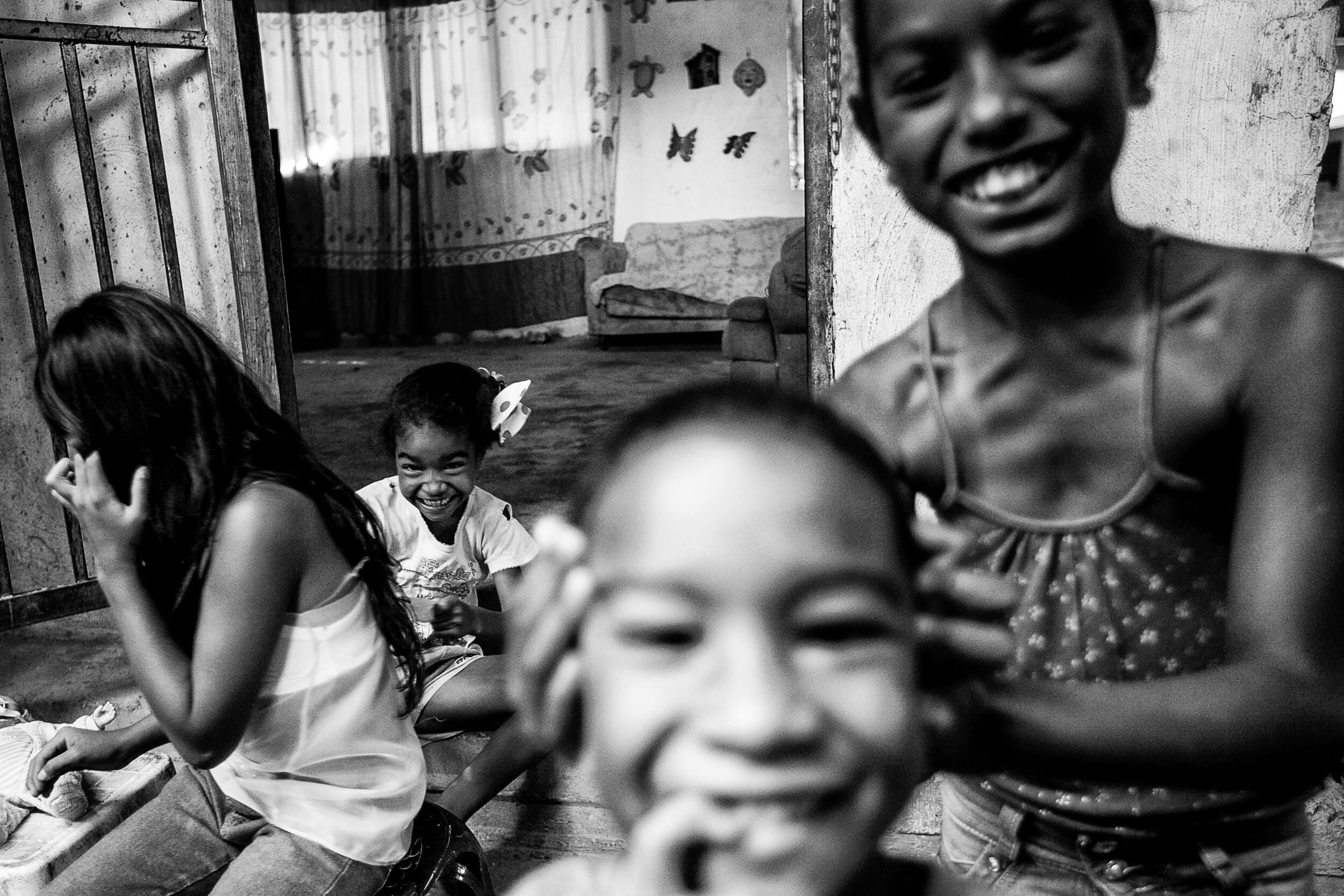
The Other Side of the Tower – Alejandro Cegarra
With The other side of the tower, I learned very early that photography has the power to dignify. The photo must be born with a purpose of dignity and vindication. I set out to humanize the people who lived in the Tower.
After this work, you did State of decay, which received third place in the 2019 World Press Photo. What was it like to develop it during such a difficult period (2013-2018) in the country?
At that time, Venezuela was more newsworthy than it is now, it was on the cusp of international news. Foreign photographers always came to relate a subject and they did it with their point of view. I said, well these are my people, with whom I can run into the street, with whom I can talk, people with my accent. So I decided to start telling from my perspective. I had certain privileges, and I was also very aware of the responsibility I had in committing to storytelling.
Between some photos there are distances of three months, it was very difficult to break the prejudice towards the press. I spent a lot of time building access and trust. Because I also had to guarantee safety for myself.
It was strong because these were my people. I also lived what I was reporting, I did not have the privilege of being able to go out and live in a more peaceful society. I was living the same, I reported the lack of water on the hill and came home, and there was none. Or I would come home, and there was no food because I missed my turn in line for food. That had harsh psychological consequences for all of us who recorded that moment.
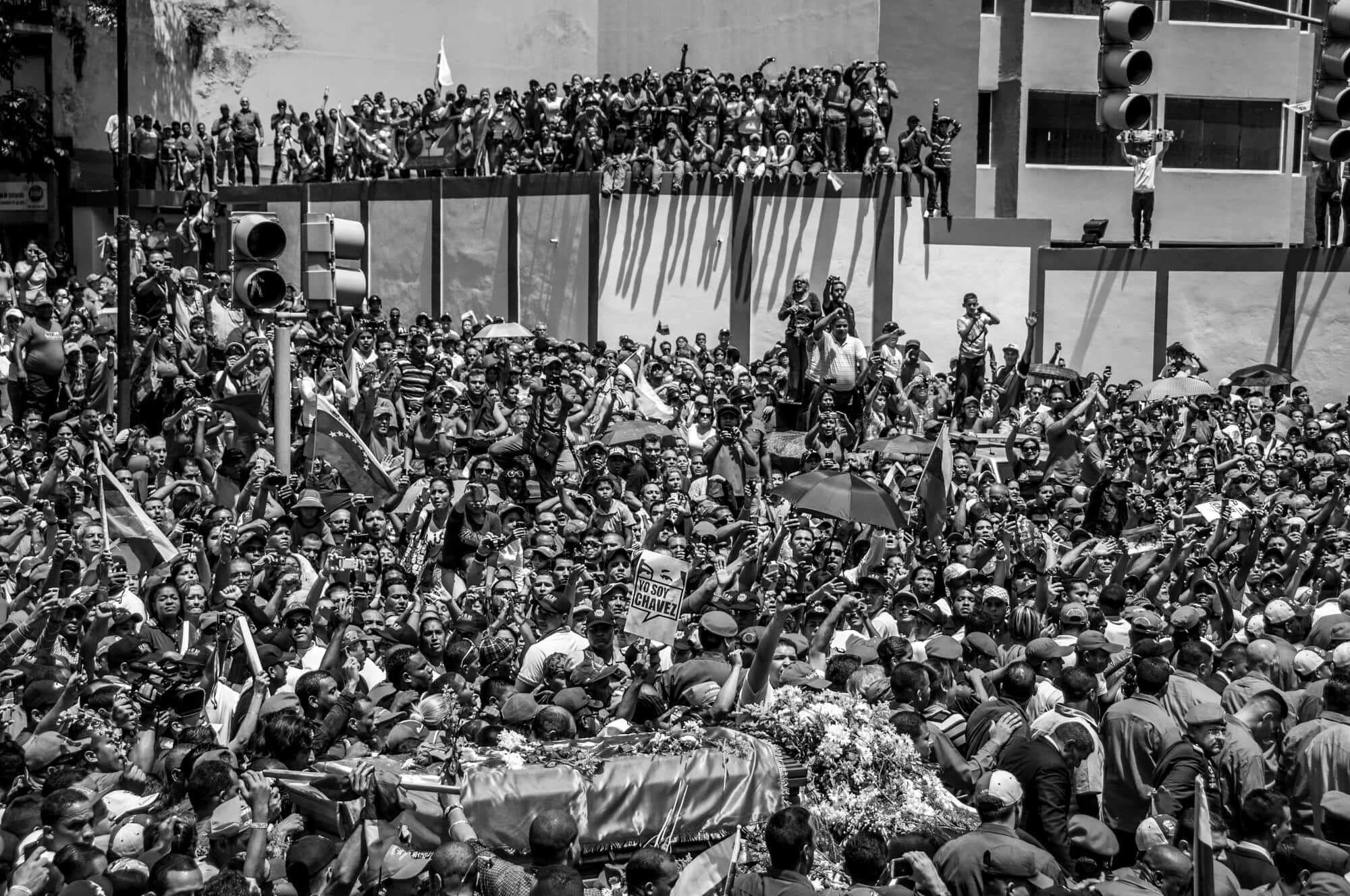
State of decay – Alejandro Cegarra
And how did you manage to get the job done during a crisis that you were experiencing?
I think that the basic premise of being a good photographer is empathy. But there is a point when empathy turns and you feel guilty about your privileges or the things that you do have and others do not. That moral burden affected us a lot. You must try to translate that guilt and empathy into something translatable to the people you are photographing. There is not a magic formula, that you take the photo, you publish it and the situation of these people improves. But you have to process these feelings, if you don’t, you will become a spectator of misery and you start to die inside.
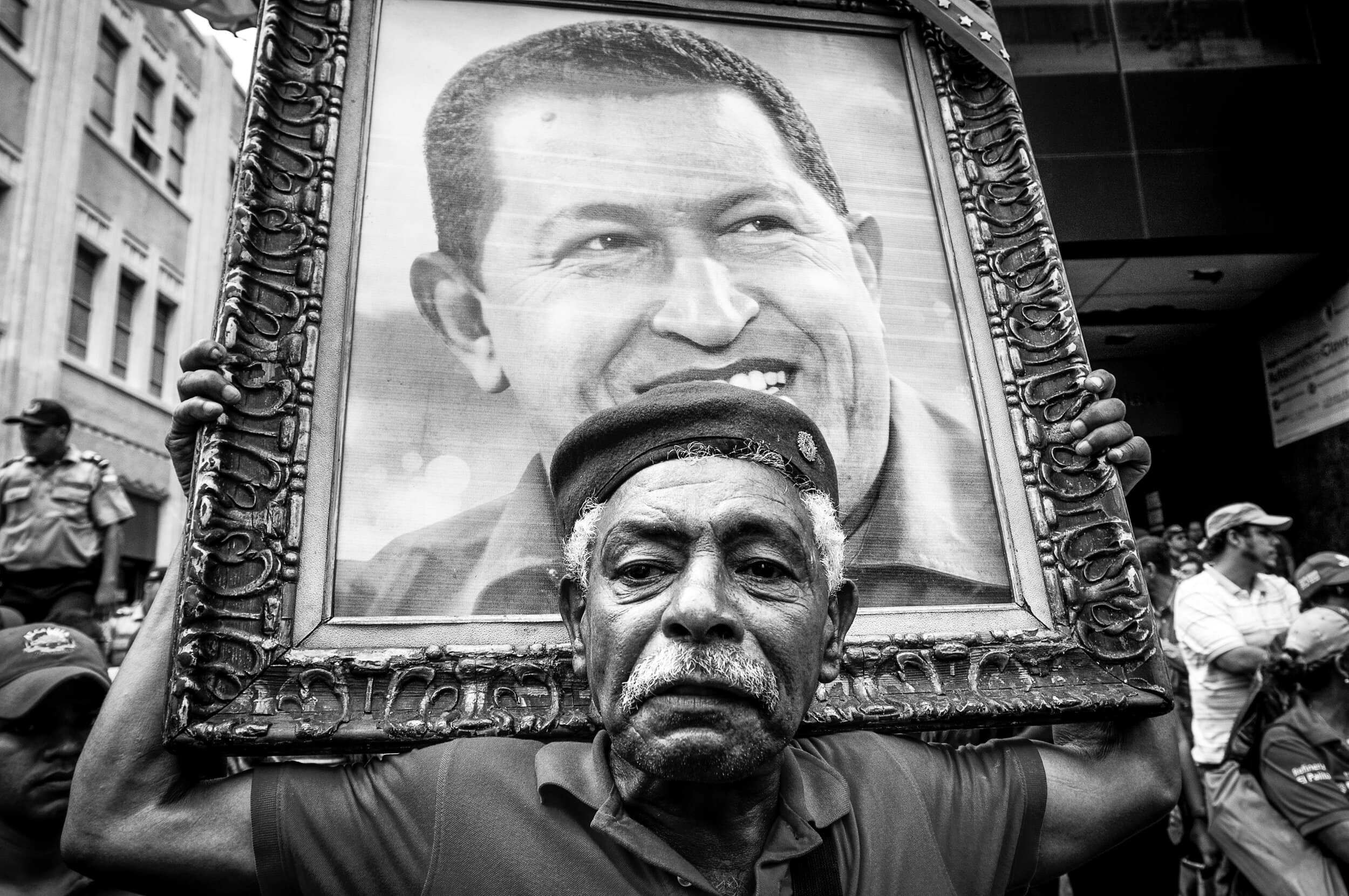
State of decay – Alejandro Cegarra
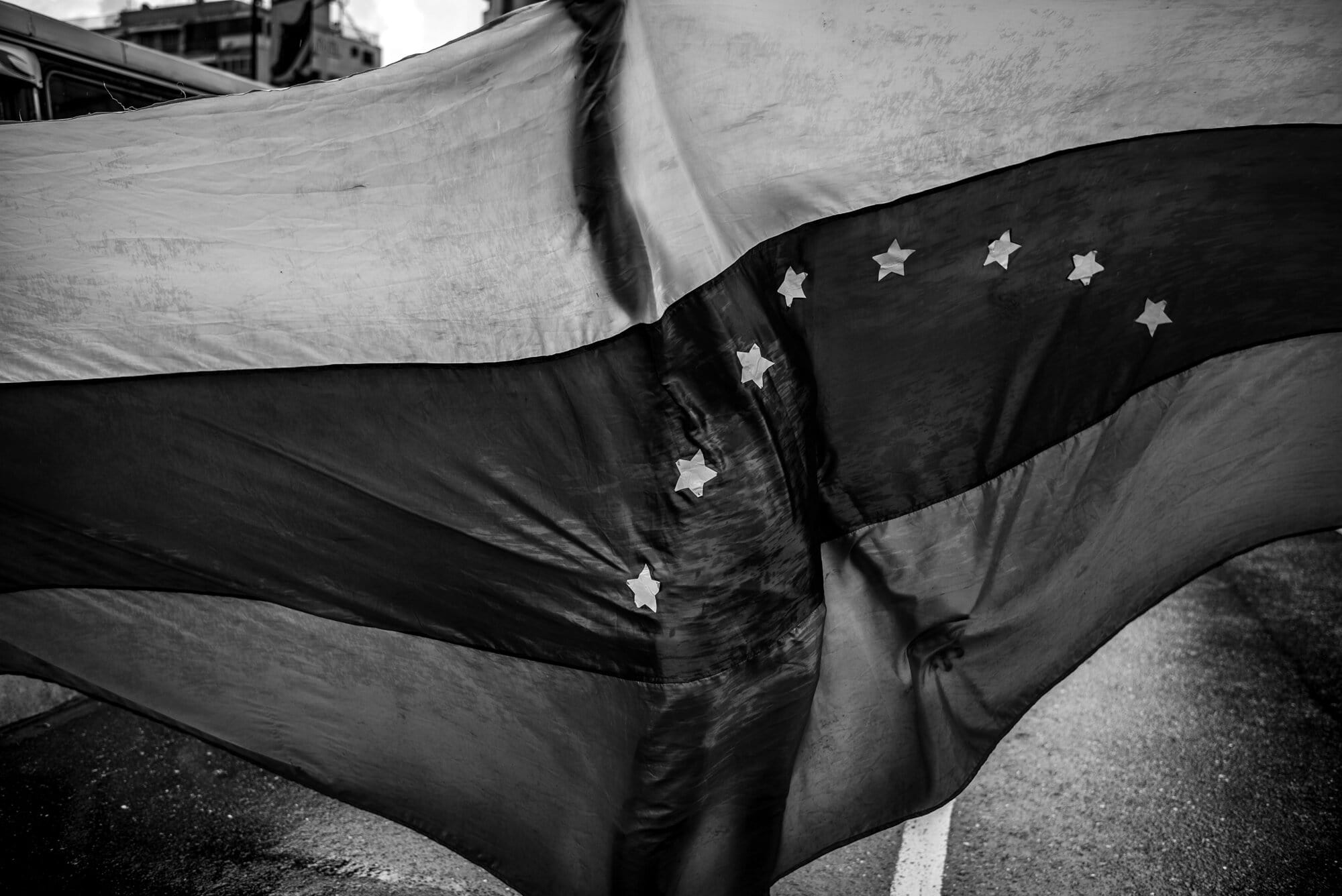
State of decay – Alejandro Cegarra
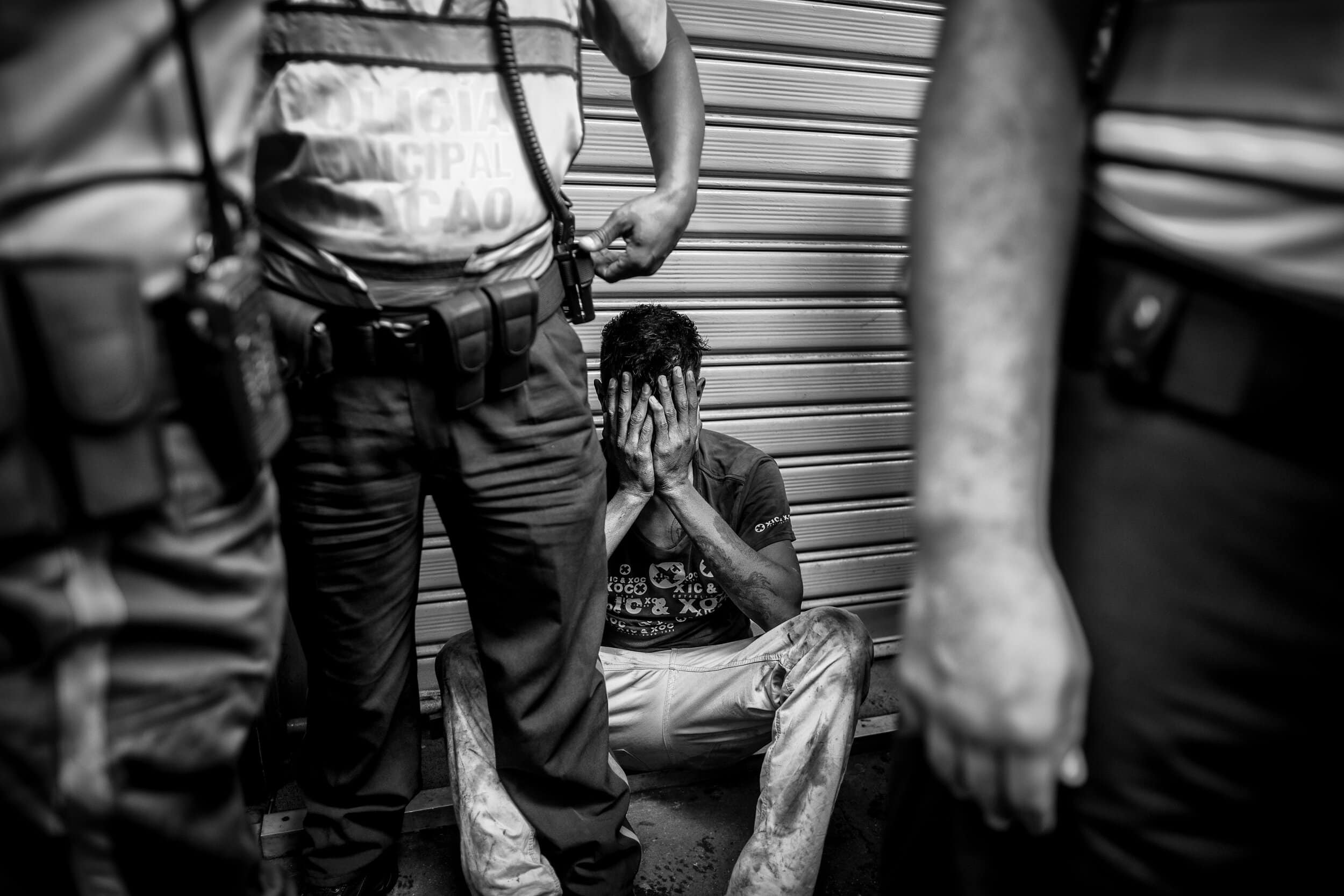
In The Other Side of the Tower you achieved this goal of dignifying people, have you achieved it in other projects?
It starts from the moment of taking the photo, that is, from the creative process. If you are going to take photos of people who are in a vulnerable situation and they have given you their trust, that must be reciprocal. This is accomplished by being gentle with the photo you are taking. There are moments of great pain, but you have to be gentle when you do it and then when you choose each image. There it is important to ask whether the person is well represented in this way. If what interests you is the drama of the photo and nothing else, then your task to dignify someone is failing.
More and more I shy away from that dramatic photo unless it was a very genuine moment. I can give an example: there is a caravan of Haitian migrants, the National Guard arrives, migration arrives and they start pulling a father with a child. I was talking to them at the time, and I start to photograph almost in a burst. I have a photo in which the migration officer is watching the child and the child from below looks at him in total panic. The next click is the dad grabbing the child, covering him with his arms, and defending him. Which photo do I use?
That moment of choice also speaks of you as a photographer. Being a witness is not enough, it is necessary to add humanity.
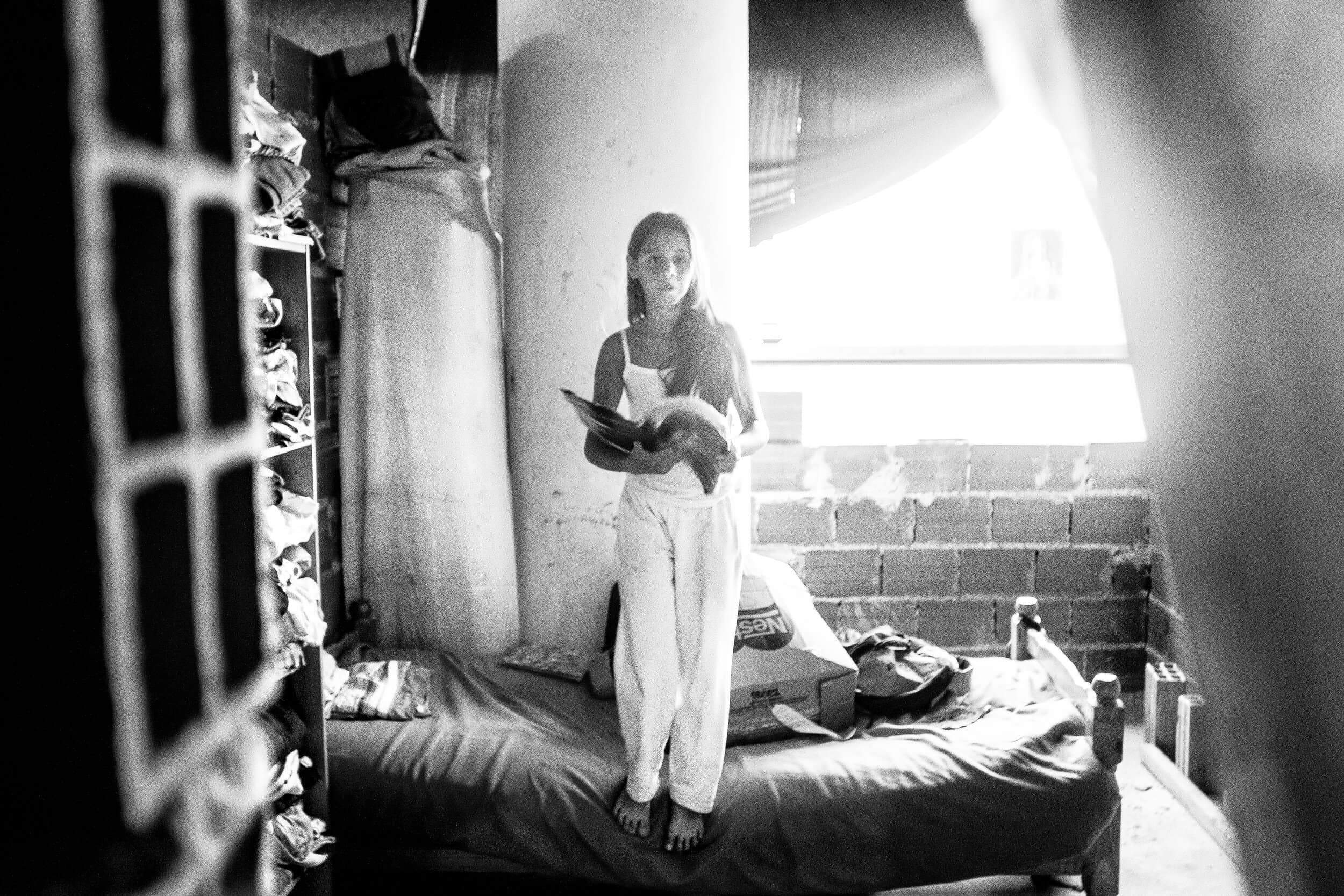
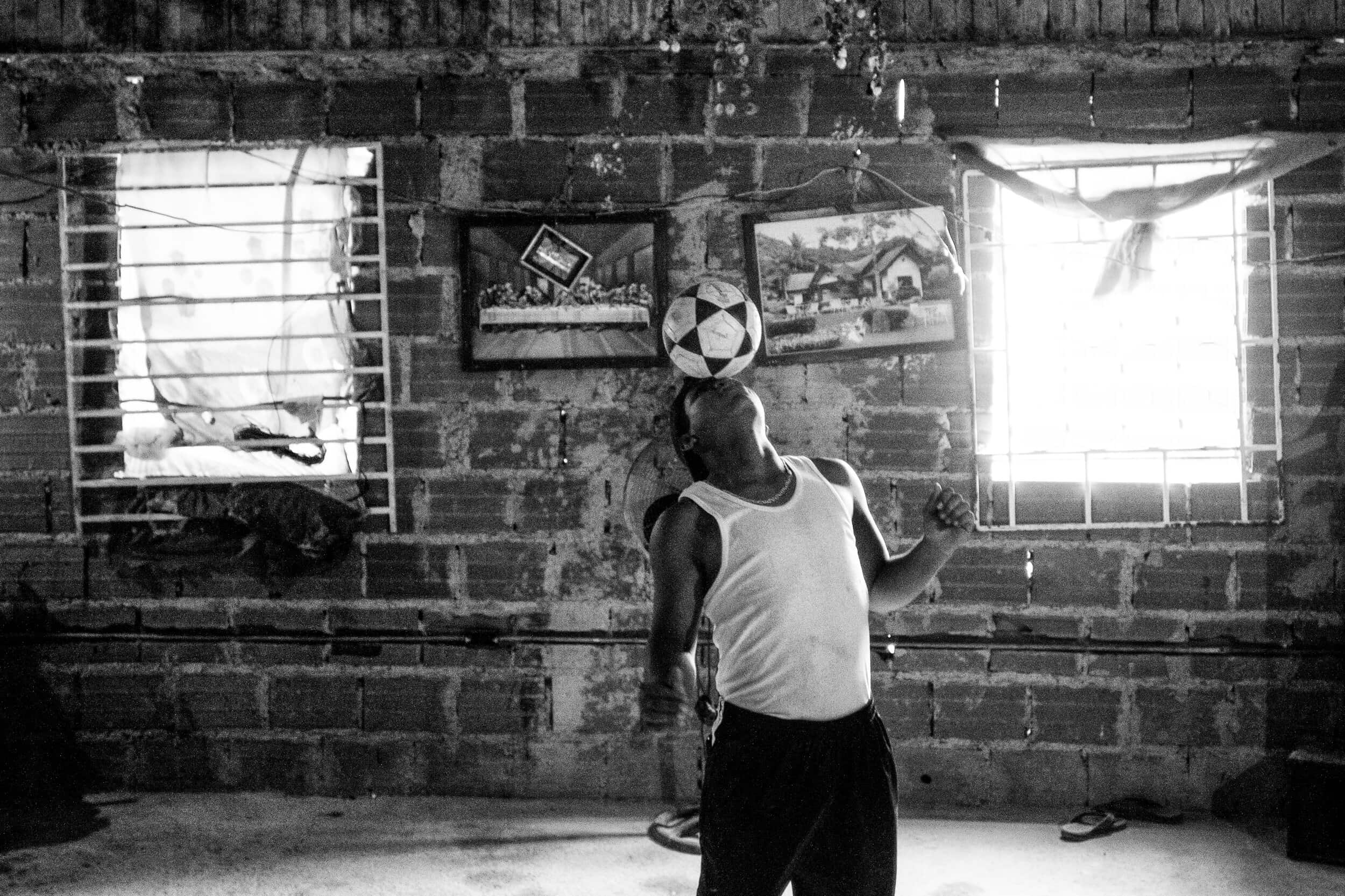
El otro lado de la torre – Alejandro Cegarra


